Family: Tenebrionidae. Subfamily: Tenebrioninae. Tribe: Pedinini
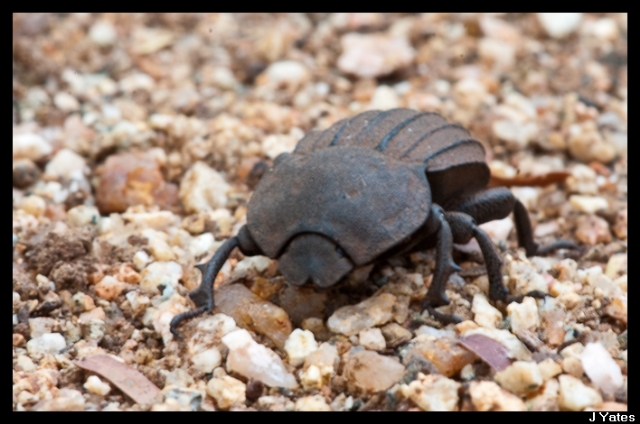 © Kesheshe
© KeshesheKruger National Park
Anomalipus is a genus of large, hard, flightless darkling beetles with strongly sculptured elytra, with several ribs. They are heavily built and have strong legs.
The genus Anomalipus is comprised of 51 species in Eastern and Southern Africa, 34 of which have been recorded from South Africa.
They feed on dead plant material.
http://the-eis.com/elibrary/sites/defau ... reille.pdf



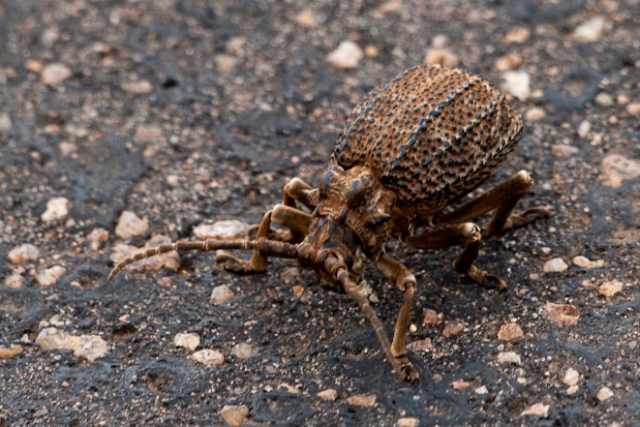 © Kesheshe
© Kesheshe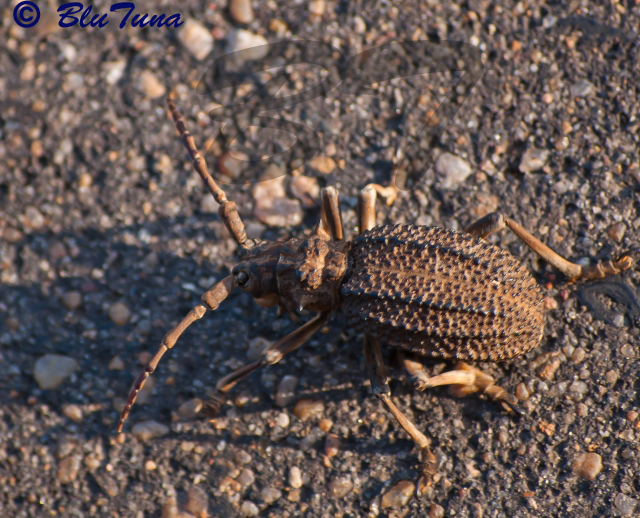 © BluTuna
© BluTuna
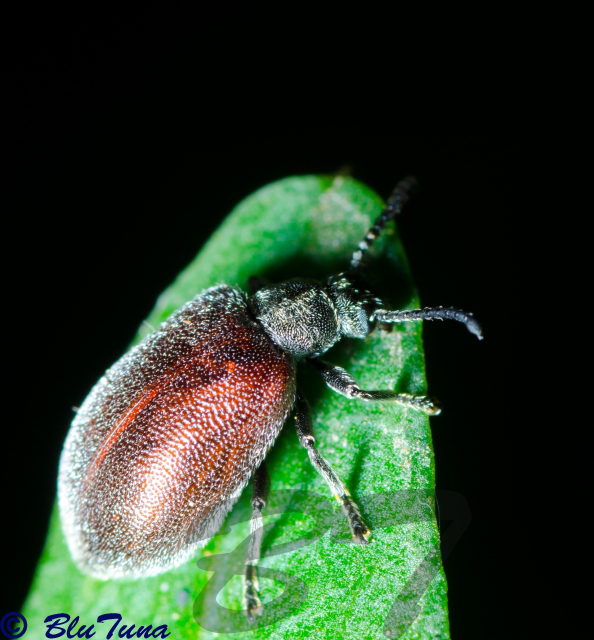 © BluTuna
© BluTuna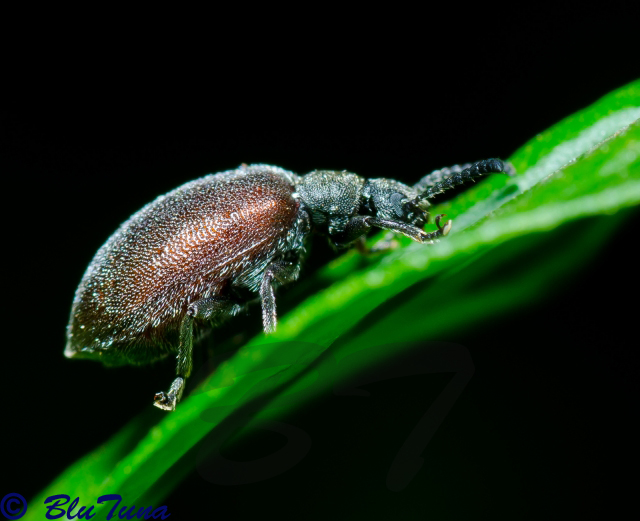 © BluTuna
© BluTuna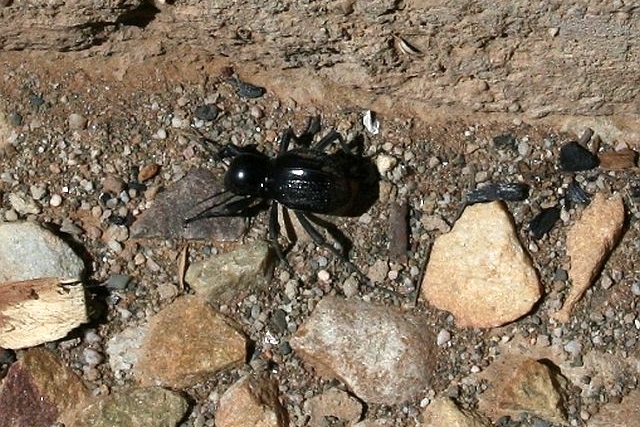 © Tina
© Tina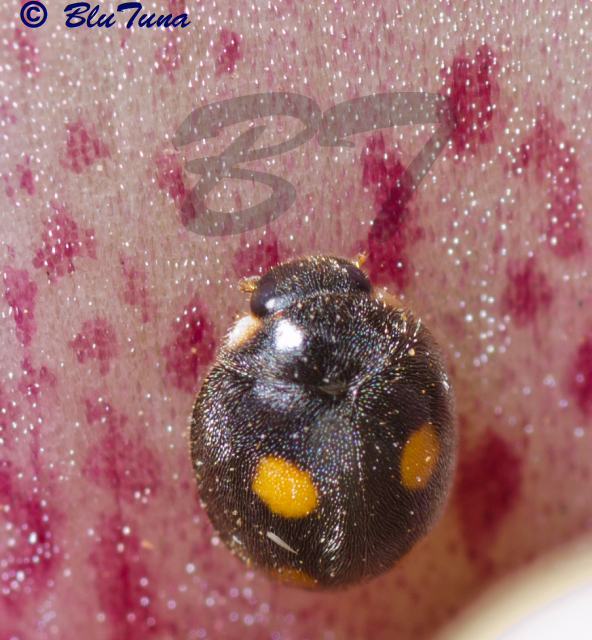 © BluTuna
© BluTuna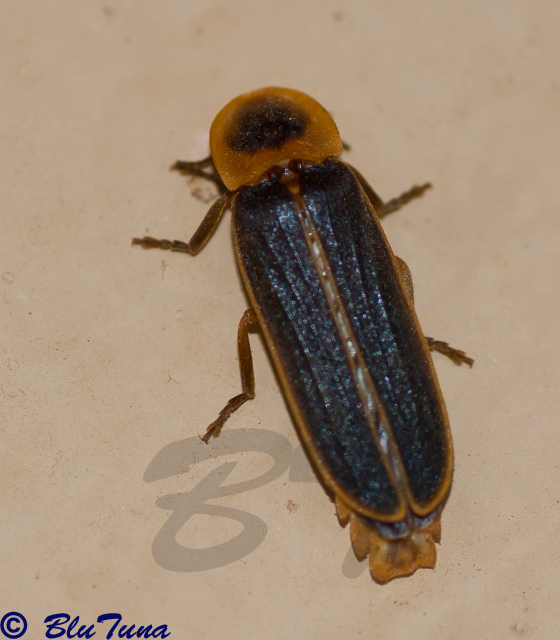 © BluTuna
© BluTuna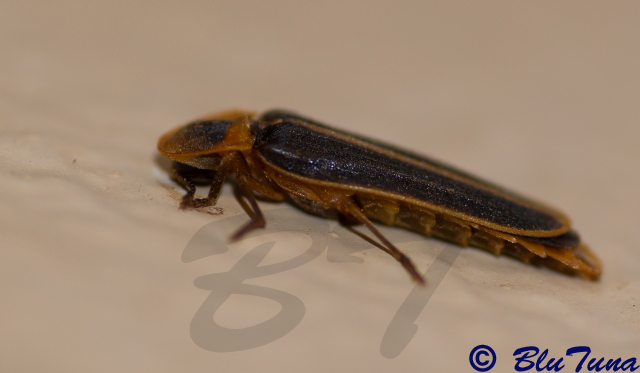 © BluTuna
© BluTuna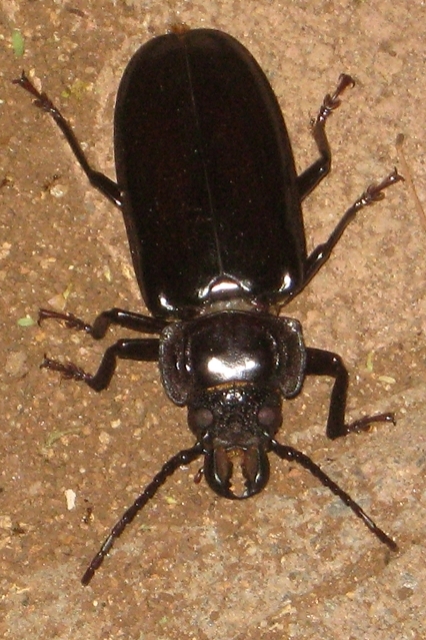 © Flutterby
© Flutterby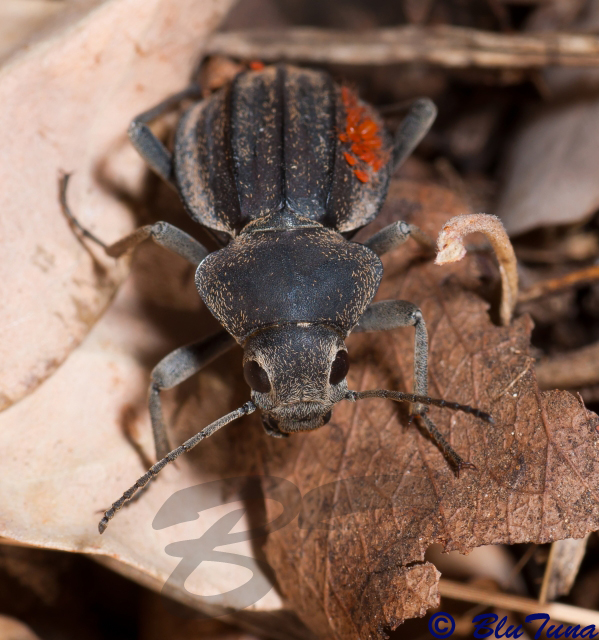 © BluTuna
© BluTuna